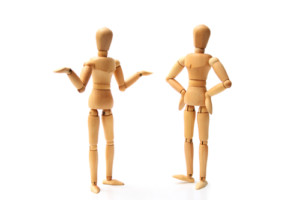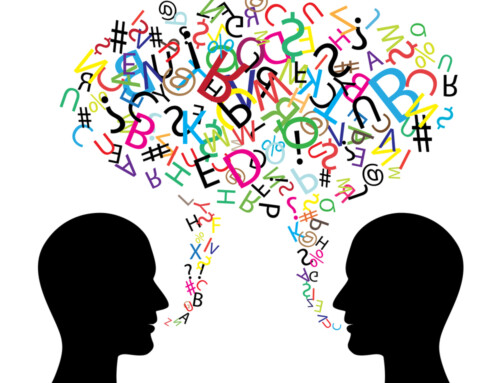{3 minutes to read} Understanding body language can go a long way toward improving communication with others. While it may be tempting to pick signals apart one by one, it is important to look at these nonverbal cues in relation to verbal communication, other nonverbal signs, and the situation.
Body cues are a big part of the process and part of our role, as mediators, is to be observant enough to notice them and help the parties identify the significance of those cues. For example, a person says yes but something about their body language is saying no. It may be an indication of confusion, discomfort, or concern about expressing their disagreement.
When I notice that cue, I may reflect it back and say: You said yes, but I sense that you are not fully in agreement with what you are saying. Can you elaborate a little on why you are unsure?
That person may acknowledge and explain why they don’t feel comfortable. This will usually lead to a dialogue with the other party to explore alternatives that they both can live with. Of course, there may have to be compromise but it should be a compromise that both parties are willing to accept.
Neither party should feel that a decision has been imposed or forced upon them, because in that case, sooner or later that agreement may fall apart.
I have also worked with people who are not willing to acknowledge the other person’s presence well into the session, either by not looking at them or talking directly to them. They talk to me, using me as their vehicle to transmit information to the other person sitting just a few feet away, possibly on the same sofa!
At some point one of them will say something — positive or negative — and that comment will trigger such a reaction that the other person will turn towards them, or just give a look, roll their eyes, or look surprised. That is definitely a signal that something has shifted. As the dialogue starts between them, I know my role as messenger may change. The process will likely become much more productive as the parties are more able to address one another.
I have described above only some glimpses of what I see during mediation sessions. Body language speaks volumes about what may be lying underneath and/or ahead.
In all walks of life, people are constantly throwing off a storm of signals. These signals may be non-verbal messages communicated through body movements, facial expressions, or tone of voice; a silent orchestra that can have long-lasting repercussions. Stay alert!
Jennifer Safian
divorce and family mediation
upper east side of manhattan (nyc)
new york, ny
(917) 881 5206
jpsafian@gmail.com
Latest posts by Jennifer Safian (see all)
- misinterpreting your partner’s demeanor may lead to conflict - October 9, 2024
- demystifying the money talk - September 11, 2024
- why are we afraid to discuss money? - August 21, 2024






Leave A Comment